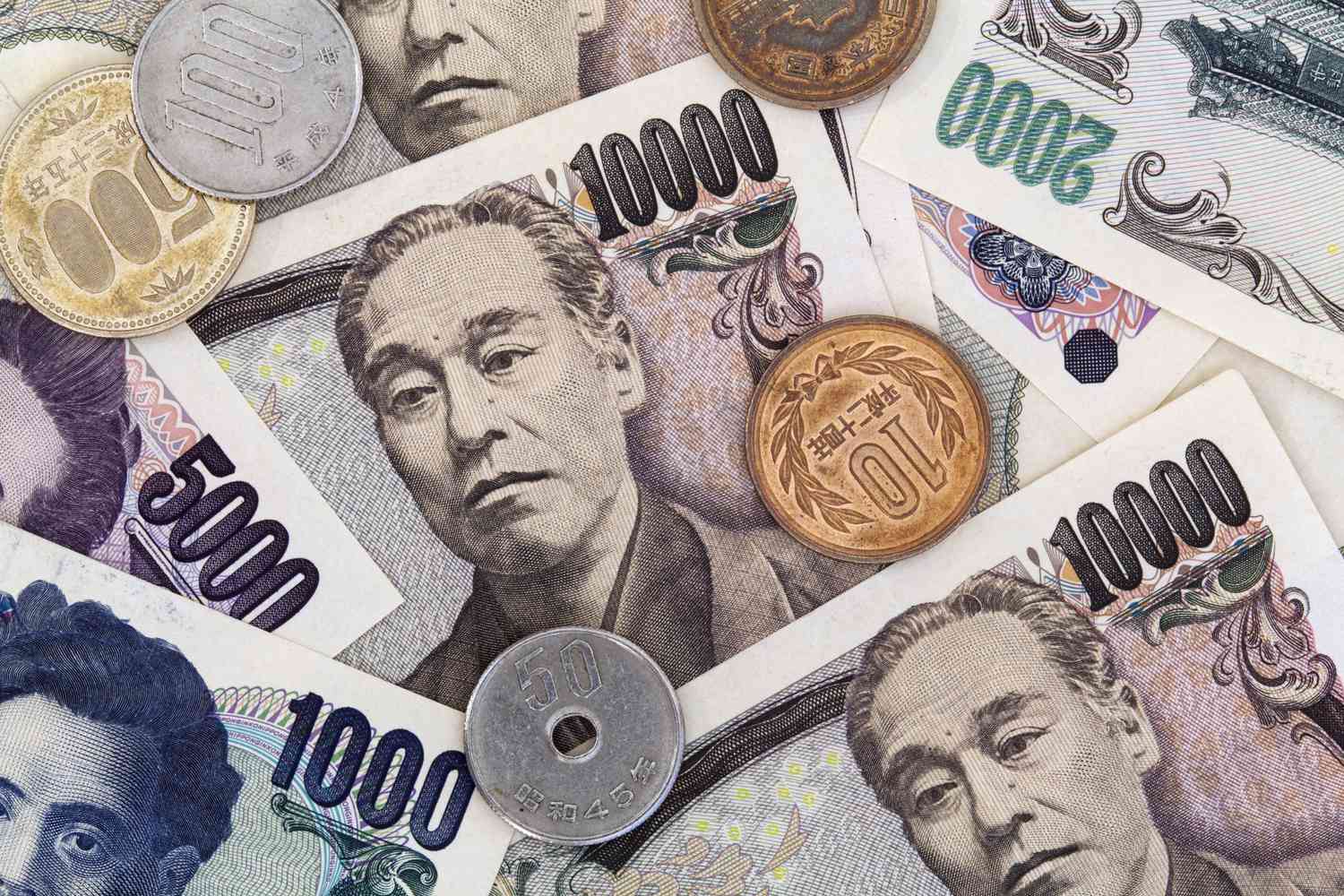Japanese policymakers are now focusing on the underlying economic factors that contribute to the continuous decline of the yen, recognizing that market intervention alone has its limitations in reversing the currency’s overall downward trend.
According to upcoming data, Japan is expected to spend approximately 9 trillion yen from late April to early May to mitigate the yen’s depreciation. During this period, the yen reached a 34-year low of below 160 to the dollar.
The yen’s consistent decline has caught the attention of policymakers, who are now considering other underlying factors beyond the wide U.S.-Japan interest rate gap. One such factor is Japan’s diminishing global competitiveness.
Led by Masato Kanda, a prominent currency diplomat from Japan, the Ministry of Finance (MOF) established a committee consisting of 20 experts in academia and economics. Their objective is to thoroughly examine the country’s current account and identify the underlying causes of its structural challenges.
Finding Ways to Increase the Volume of Investment
Throughout its four meetings since March, the panel has discussed strategies to enhance Japan’s international competitiveness and redirect overseas profits to stimulate domestic growth, as indicated by the presentation materials and meeting minutes made public by the ministry.
“Investment from Japanese citizens in Japan has significantly decreased.” A senior government official expressed concern about the lack of repatriation and reinvestment of profits earned overseas, as well as the relatively low levels of inbound foreign direct investment.
“This matter requires attention through the implementation of structural changes,” stated the anonymous official.
Former Japanese prime minister Shinzo Abe’s famous “Abenomics” program, launched a decade ago, has encountered difficulties with structural economic restructuring. The persistence of uncompetitive businesses is a direct result of the accommodating monetary policies that have been in place.
According to a different government source, “Basically, the fundamentals need to change in order for the Japanese economy to change both its relative value and its fundamentals.” The official position is that exchange-rate intervention cannot halt the long-term slide of the yen; nevertheless, it can minimize the number of speculative measures taken.
Actual Shortfall
According to data from the Ministry of Finance (MOF), Japan recorded a current account surplus of approximately 21 trillion yen ($134 billion) in the previous year. This indicates that the country continues to generate more income from abroad than it expends.
However, the surplus has experienced significant transformations in the past decade, which could be exerting pressure on the yen.
Trade is no longer generating a surplus, which can be attributed to the rising expenses of energy imports and the growing offshore production. According to a survey conducted by the trade ministry, Japanese manufacturers with international operations now produce approximately 40% of their goods outside of Japan.
Japan is currently balancing its trade deficit by generating a surplus in primary income through securities investments and direct overseas investments. This shift is a result of an increasing number of Japanese companies acquiring foreign firms as part of their strategy to expand internationally.
However, analysts suggest that a significant portion of this overseas income is reinvested in foreign markets rather than converted into yen and brought back to Japan. This could potentially be a contributing factor to the currency’s weakness.
Daisuke Karakama, the chief market economist at Mizuho Bank, has estimated that nearly one-third of the 35 trillion yen in primary income excess from the previous year may have been repatriated. This information comes from Karakama’s analysis.
Japan probably had a current account deficit in the previous year, which can be considered from the standpoint of cash flow. This could be ascribed to the fact that the primary revenue surplus that it had may have needed to have been more adequate to counterbalance the payments that were made for trade and services.
It was pointed out by Karakama, a member of the MOF panel, that the strength of the demand for the yen might not be as powerful as represented by the current account surplus of twenty trillion yen.
The Panel Is Expected to Finalize Its Recommendations by June
Tohru Sasaki, a panel member and chief strategist of Fukuoka Financial Group, warns that Japan may encounter further difficulties if households lose confidence in the yen and decide to transfer their massive 1,100-trillion-yen worth of cash and deposits abroad.
“There are already indications,” he mentioned, like the growing interest in international stocks through Japan’s tax-exempt stock investment program.


